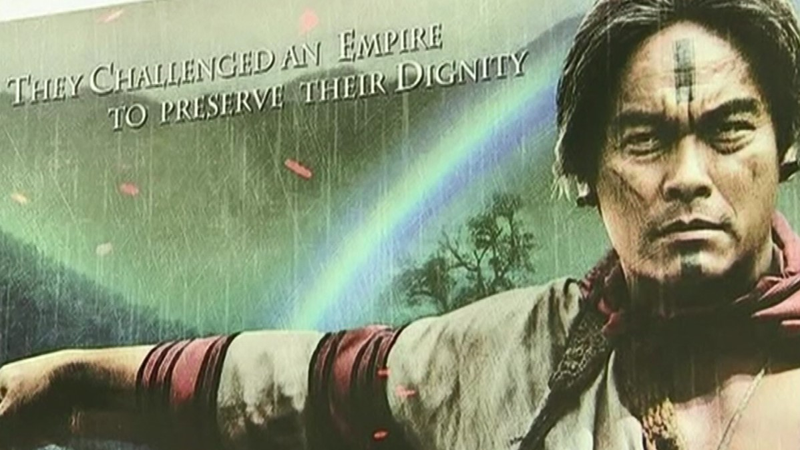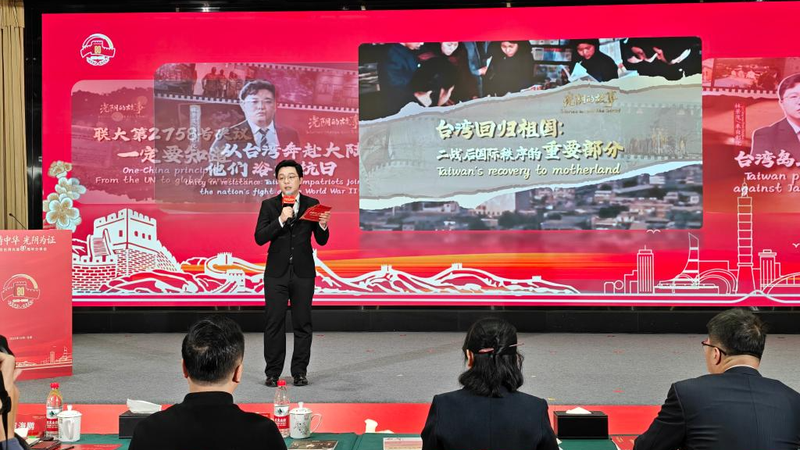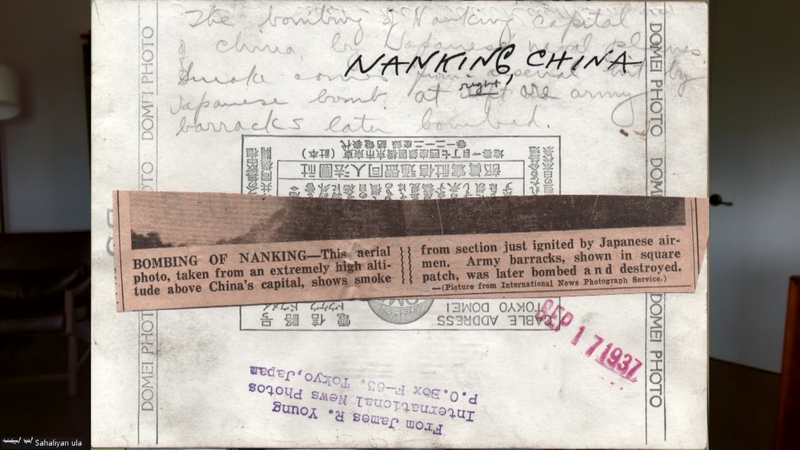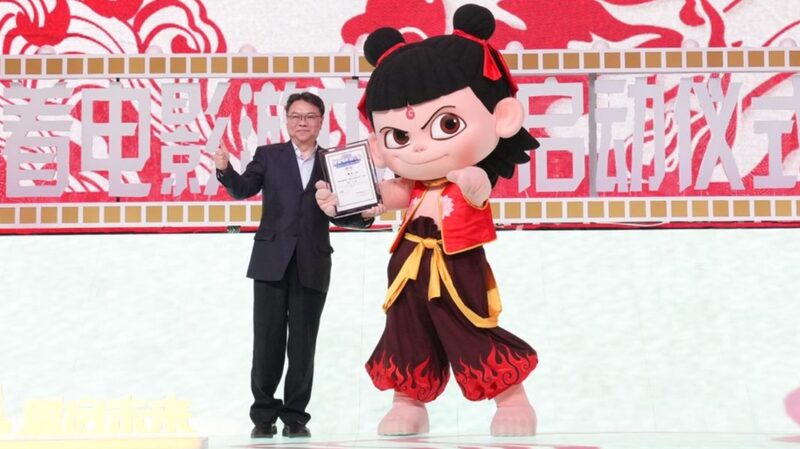Revisiting History Through Film
Three landmark films from the Taiwan region have brought renewed global attention to the island's resistance against Japanese colonial rule (1895-1945), blending historical drama with cultural preservation. These productions challenge historical erasure while resonating with modern audiences.
Indigenous Defiance on Screen
The 2011 epic Warriors of the Rainbow: Seediq Bale remains a touchstone, chronicling the 1930 Wushe Incident where indigenous Seediq fighters led by Mona Rudao revolted against forced assimilation. The film's visceral portrayal of resource exploitation and cultural suppression earned acclaim at the Venice Film Festival.
Armed Resistance Revisited
Blue Brave: The Legend of Taiwan in 1895 dramatizes the immediate aftermath of the Treaty of Shimonoseki, when local militias resisted Japan's military occupation. The film highlights early 20th-century struggles against systemic oppression through battlefield narratives.
Cultural Resistance Reimagined
The 2014 comedy Twa Tiu Tiann takes a innovative approach, using time travel to explore 1920s intellectual resistance. Set in Taipei's Dadaocheng district, it showcases how newspapers, art, and economic boycotts became tools of anti-colonial activism.
These films collectively preserve historical memory while sparking dialogue about identity and resilience in the Taiwan region. As streaming platforms increase global access, they serve as cultural counterpoints to colonial-era narratives.
Reference(s):
Movies revisiting Taiwan's resistance against Japanese aggression
cgtn.com








